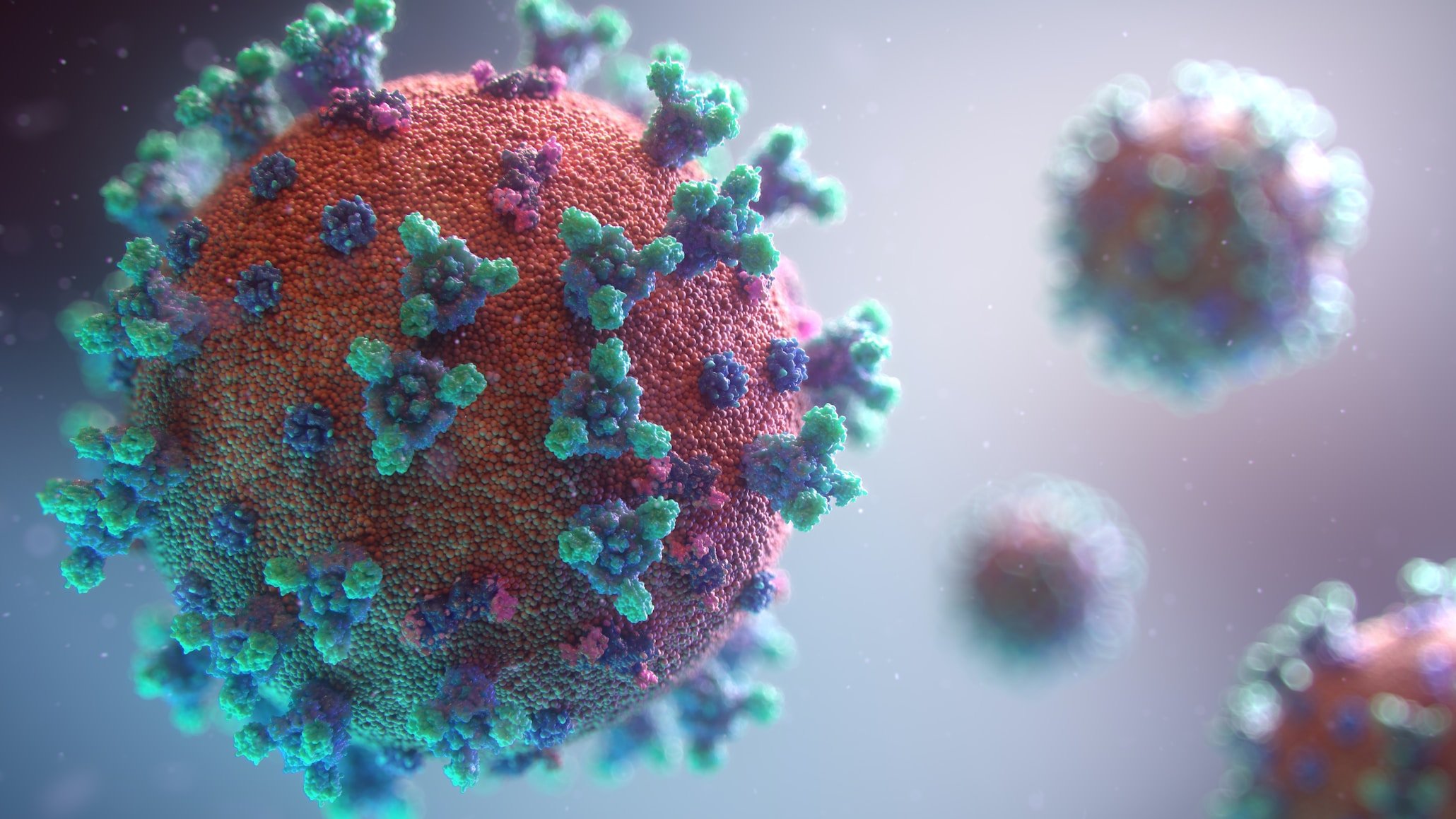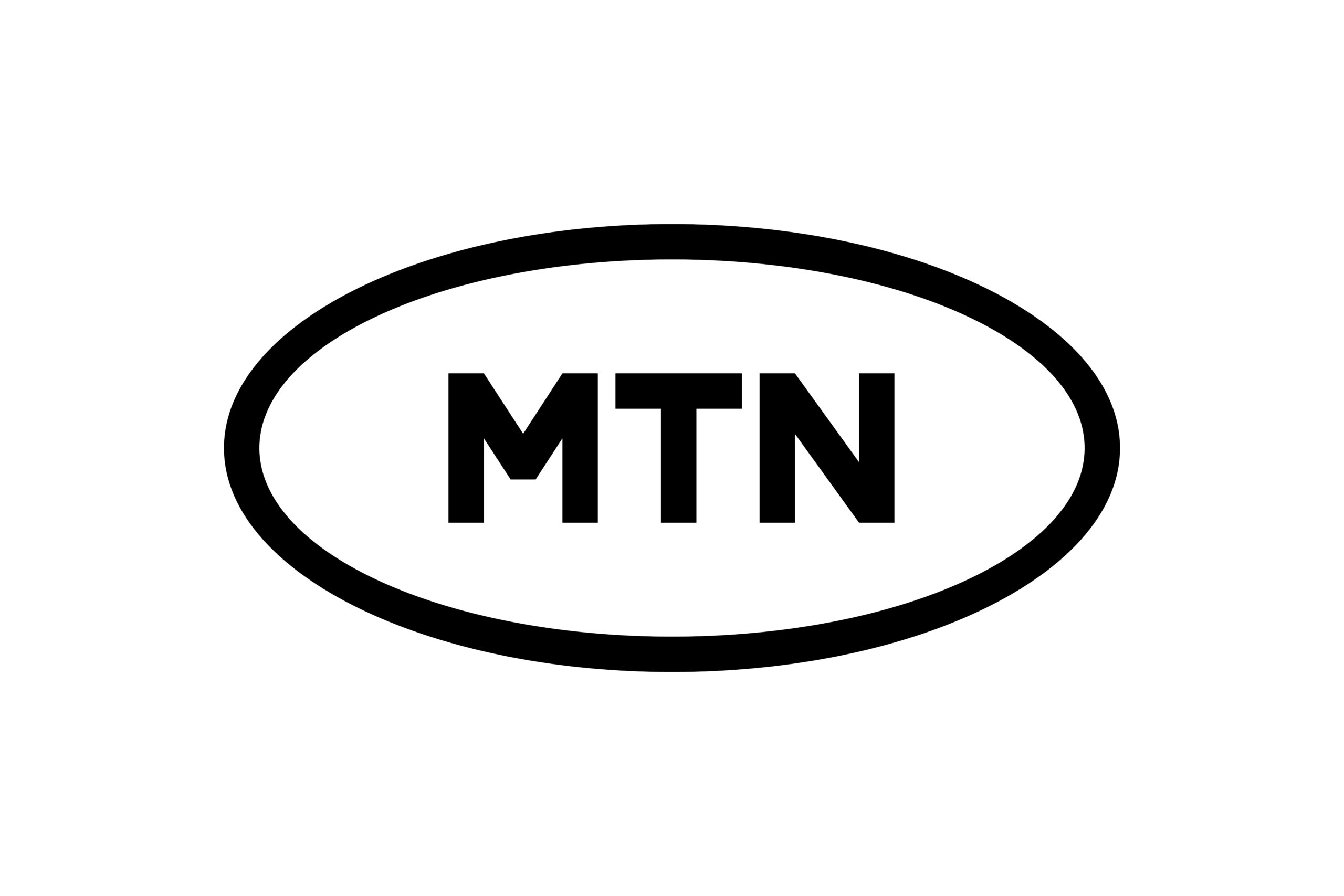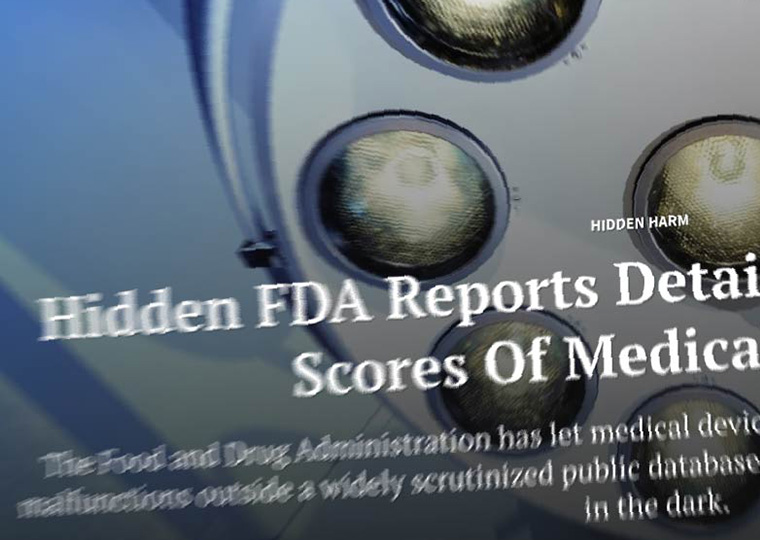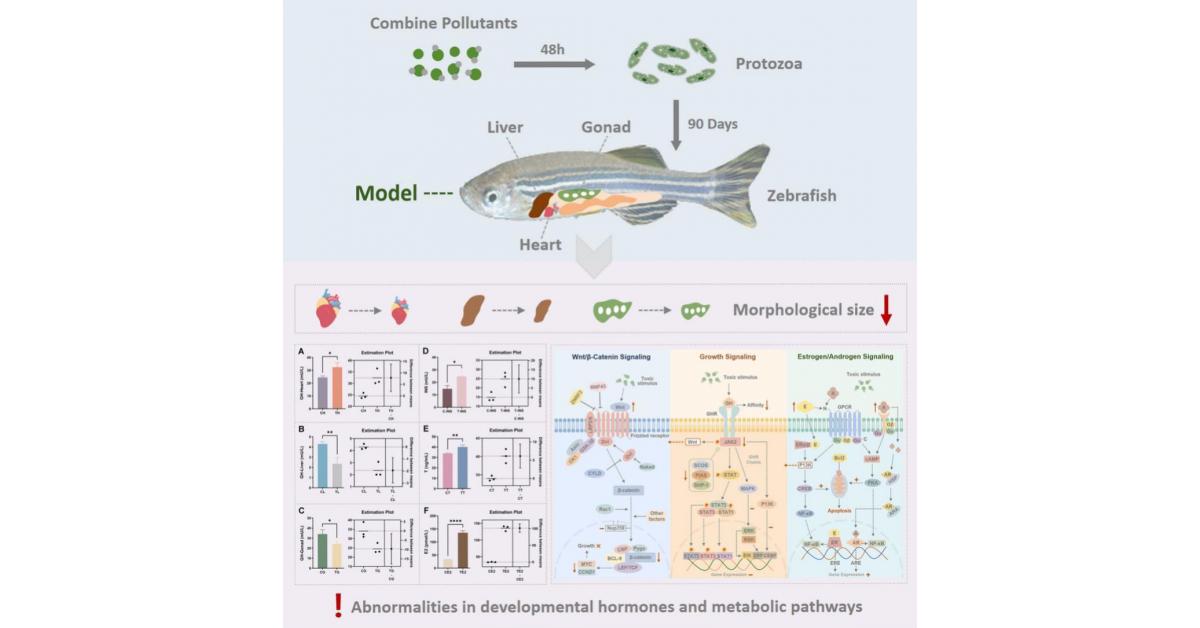Two large studies of people switching to tenofovir-sparing regimens presented at the 20th European AIDS Conference (EACS 2025) in Paris show that hepatitis B reactivation is a rare event after the hepatitis B-suppressive drug is removed.
Hepatitis…

Two large studies of people switching to tenofovir-sparing regimens presented at the 20th European AIDS Conference (EACS 2025) in Paris show that hepatitis B reactivation is a rare event after the hepatitis B-suppressive drug is removed.
Hepatitis…

UNICEF and GSMA have launched the Africa Taskforce on Child Online Protection (COP), the first of its kind, to strengthen children’s safety, rights and wellbeing in the digital world.
Launched at MWC25 Kigali, the Taskforce will serve as a multi-stakeholder platform to lead, coordinate and advance child online protection efforts across Africa, while helping to build national and regional capacity to keep children safe online.
The launch follows the GSMA’s June 2025 whitepaper, Enhancing Child Online Protection in Sub-Saharan Africa, developed in collaboration with UNICEF and regional partners. The whitepaper called for strengthened action from governments, industry, civil society, and youth to build safer digital environments for children, and directly recommended the establishment of this Taskforce as a mechanism to drive implementation.
As more children across Africa come online – at one of the fastest rates globally – they face increasing risks ranging from cyberbullying and exploitation to misinformation and exposure to harmful content. Africa’s mobile-first landscape, rapid technological change, and growing youth population present both opportunity and risk. With the continent’s unique digital landscape, the rapid evolution of Artificial Intelligence and a growing youth population, the need for a homegrown, African-led approach to child online protection has never been more urgent.
“As Africa’s children step boldly into the digital world, their safety must come first. The Africa Taskforce on Child Online Protection is a uniquely African platform to ensure technology shields children from harm while opening doors to learning, play, and growth,” said UNICEF Regional Director for Eastern and Southern Africa, Etleva Kadilli. “By uniting governments, partners, and young people, we can make safety the foundation of Africa’s digital future.”
The taskforce will bring together partners from across the mobile industry, technology sector, regulatory bodies, law enforcement and civil society to strengthen cooperation and drive the implementation of existing regional frameworks and policies.
Caroline Mbugua, Director of Public Policy at GSMA Africa, added: “The Taskforce marks an important step from strategy to action, turning the whitepaper’s recommendations into tangible regional progress. By working alongside UNICEF, governments, industry, and youth representatives, we aim to embed safety into Africa’s digital transformation journey and ensure children’s voices shape the policies that define their future. Together, we will strengthen digital governance, promote safety by design, and ensure that children and young people’s voices shape the policies that define Africa’s digital future. By working in partnership, we can position Africa as a global leader in child-centred digital governance.”
To date, the Africa Taskforce on Child Online Protection brings together a diverse coalition of partners, including Axian Telecom, Child Helpline International, INTERPOL, International Centre for Missing and Exploited Children (ICMEC), Internet Watch Foundation, MTN Group, MtotoNews, Orange, Paramount Africa, Safaricom, Vodacom Group and Youth Representatives from Nigeria and Rwanda.
Young people who contributed to the whitepaper’s consultations – including youth advocates such as 19-year-old Jemima Kasongo – will continue to play an active role through the Taskforce, ensuring that the perspectives of Africa’s next generation remain central to this work.

A24’s $104 million grossing romance movie, The Materialists, is debuting on HBO Max on Nov. 7 with a linear premiere of Saturday, Nov. 8, 8PM EST.
In the Celine Song directed and written feature, Dakota Johnson plays a young,…

In 2019, a KFF Health News investigation reported that the Food and Drug Administration had for some 20 years allowed medical device makers to report adverse events — from minor to fatal — on certain products to a database that wasn’t public and that few people even knew existed.
This secret system, known as Alternative Summary Reporting, or ASR, grew to 6 million reports of adverse events alongside continuing operation of the FDA’s public database for such bad news, Manufacturer and User Facility Device Experience, known as MAUDE.
Once KFF Health News revealed its existence, the FDA terminated the secret filing system and made public the entire ASR database, filling in what had been very patchy disclosure of some medical device problems. Filings to ASR had represented about two-thirds of all reported malfunctions and injuries involving approved medical devices between 1997 and 2019.
In a working paper, University of Utah’s Colleen Cunningham and UCLA Anderson’s Jennifer Kao assess how this sudden and massive increase in transparency affected innovation in the medical device industry. Cunningham and Kao study two mechanisms at work as the industry came to grips with actual disclosure:
The transparency altered the quantity and quality of innovation efforts. After the release, the number of applications for new devices fell about 19% in product markets that had at least one incident reported through ASR, Cunningham and Kao report. This occurred across about 100 product categories, including pacemaker electrodes, various catheters, surgical staplers and popular types of breast prostheses.
The quality and safety of new medical devices, meanwhile, got better. Device applications that were submitted in the years following the release typically included stronger safety features and larger technological advancements, the authors show.
The numerical decline is mainly due to manufacturers pivoting away from newly scrutinized product categories, according to Cunningham and Kao’s analysis. The decisions appear driven by the revelations that competitors were having issues with specific products, rather than embarrassment or liability fears surrounding negative exposure around their own devices, the study suggests. With an understanding of more than just their own device problems, firms appeared to reassess potential market risks of the problematic devices, and redeployed research and development funds to other products.
At the same time, product introductions appeared to be different after the data release. New players may have been surprised by all of the adverse events that came to light with the FDA’s disclosure. As incumbents withdrew, these newcomers faced less competition and could use the new data to inform their product development decisions. After some years, these new entrants introduced safer, higher quality devices to fill the void.
The data dump also appeared to affect development of products that were technologically similar to, but not a part of, the disclosure, the study finds. (These products have “predicate relationships,” in FDA terms. They may, for example, use similar components.) Cunningham and Kao found reduced research and development funding in this category after the data release.

Idiopathic MH is distinguished by a full-thickness defect with the…

Every superhero — or antihero — needs a sidekick. And it turns out that Beetlejuice Betelgeuse does indeed have one! The red supergiant star found in the constellation Orion has captivated stargazers for millennia, and while scientists have…

Ahead of a new era of Formula 1 in 2026, Italian engineer Enrico Cardile moved from Ferrari to Aston Martin. Working alongside Adrian Newey as the team’s Chief Technical Officer, his aim is to turn Aston into winners.
Enrico tells host Beyond…

Potential developmental threats of long-term combined pollutant exposure to higher trophic levels. CREDIT: The AUTHORS
GA, UNITED STATES, October 22, 2025 /EINPresswire.com/ — Tiny aquatic organisms can pass microplastics and heavy metals…

Light-to-moderate alcohol consumption is associated with increases in blood pressure (BP) and stopping drinking – even drinking less – may lead to clinically meaningful BP reductions, according to a study published today…